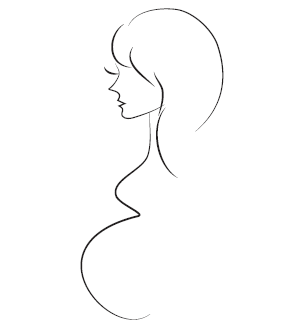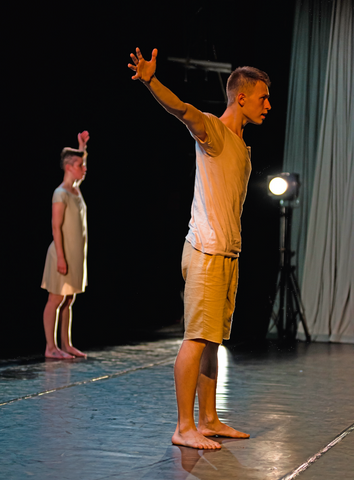What is physical theatre and how can it be created simply and safely in the classroom?
£14.95
The aim of this scheme of work is to give drama and theatre studies teachers the confidence to introduce their students to the theatrical style of ‘physical theatre’. It will describe initial, simple techniques that can be built on and combined to create effective and challenging physical theatre work. It will also demonstrate how physical theatre can form the basis of devised work for the AQA A2 practical exam unit (DRA 4) and give suggestions on potential physical theatre research areas for section A of the supporting notes. The techniques suggested are simple and could also form the basis for practical work in GCSE Drama study, especially AQA option 5. Some useful texts/websites will also be suggested to form the basis of devised or scripted work inspired by physical theatre. Finally there is a list of useful and easily available music. I would also strongly recommend getting a physical theatre company in to work with your students. We regularly have visits from Splendid Theatre Company’s physical theatre workshop; it is brilliant in its introduction to simple physical techniques and excellent value for money.
Drama teachers often shy away from physical theatre because of the misunderstanding that it is actually just a slightly different theatrical form of dance. While there are clearly physical theatre companies that use dance and synchronised movement to music as the basis for their performances, in the classroom simple techniques such as mime (and embracing Steven Berkoff’s combination of mime with actor-created or recorded sound), simple use of space techniques, slow motion, ensemble work, simple choreographed movements and the occasional burst of ambient music or electronica can instantly create effective and simple physical theatre. Physical theatre is a growing art form worldwide. In Europe, especially, physical theatre is a known and recognised form, seen most prominently at festivals such as the London International Mime Festival and the Edinburgh Fringe Festival.
Physical theatre companies such as Frantic Assembly, DV8 and Ockham’s Razor have been creating exciting and innovative productions of physical theatre for decades, winning awards and travelling the globe. The award-winning production of Enron clearly embraces all aspects of physical theatre.
Many teachers have an understanding of the basics of this style of theatre but fear attempting to teach it because of the mistaken belief that it needs a dance background for the teacher and the student. Primarily, it is about using movement to communicate in a more central way. It does not mean the removal of dialogue. If anything, the most successful pieces of physical theatre in my experience are when movement and speech are combined, often with music or some kind of rhythm. It allows students to use all their acting skills and encourages them to be as creative and imaginative as possible. It liberates students from the naturalistic straitjacket that traps so many of them in EastEnders-style plotting and characterisation. I still maintain, however, that the most successful pieces of physical theatre are the ones that use this skill to actually tell a story.
Learning objectives:
- How to warm up safely physically
- How to warm up mentally
- How to set clear and safe boundaries for the use of space
- How to begin to work physically with each and establish and build the use of physical contact
- How to begin to communicate complex ideas to the audience in clear, physical ways
- How simple changes in physicality can communicate environments
- How to communicate complex themes through simple activities
- How to focus on improving and polishing ensemble work
- How to work as a team and build the use of physical contact in a simple way
- How to use physicality to communicate emotions without the need for dialogue
- Simple team-building exercises designed to get them working together quickly and physically
- How to communicate different relationships based on status or emotional connection through physical actions
- To interpret more complex physical action in order to develop devised work
- Building in aspects of travelling, turning, stepping, jumping, gesture, physical contact and Lifts
Number of lessons: 3




